2016 was a good growing year in many respects.
At 178 days, the frost-free period was exceptionally long, even after a relatively late last-freeze on May 15th. We harvested sweet peppers well into the month of November, after what was already a banner-year for the crop. Potatos also performed spectacularly despite over-planting and tight spacing, cranking out almost 300 calories per square foot. Many warm-season crops were 10 to 14 days earlier than normal. After a couple of beautiful broccoli harvests in late June and early July, we thought we might be headed for another 15-week season like we saw the previous year.
And then the rains came.
As vegetable growers with the ability to irrigate, our preference is always for a drier rather than wetter year, regardless of whatever else might happen with the weather. In particular, we wish for dry weather after the first or second week of August when many of the key crops have sized-up and are simply in the process of ripening their fruit or curing their bulbs or tubers.
The first real gully-washer came in late July with a fast two inches over the course of a couple days; that signaled us to start getting the bulb-onions out of the field and under cover whether or not curing had commenced. August started with another 1.2 inches on the 4th, and went downhill from there -- 7.3 inches of rain fell in the final two weeks of the month, nearly quadruple the normal amount. September greeted us with a 6.35 inch rain at the end of the first week and nearly six more inches would fall before October finally spared us.
By mid-August the broccoli had turned to a reeking mush, blackened with rot and thronged with flea beetles. Next door, the cucumbers suddenly looked as though they'd been walloped with a club, so damaged were they by insect-borne disease. Soil, hilled carefully in June over the potatos, washed off repeatedly as the plants reached maturity, and with the normal die-back of their tops a large number of tubers were exposed to sunshine and greening. The beans held-up admirably through the first two or three deluges, but eventually the pods spent so much time drooped-over in the muck that they began to mold. Our raised beds managed to prevent extensive losses in our tomatos and peppers, though almost all the beds had been flattened by the end of the season.
So, overall, 2016 was down from 2015 in both the mass of a 20-week CSA share (138 lbs vs 162 lbs) and calories delivered (22,500 vs 24,800), though comparable to 2014. There were a couple high points: four additional pounds of beets, delivered over a full eight weeks (vs six last year), and a couple extra deliveries of sweet peppers which netted about 4.5 extra pounds, year-on-year. Kale was also up about 60%.
On the downside were the balance of the crops.
Broccoli was especially hard-hit, down from 15 deliveries to 4. Leeks were equally, if not more so, devastated; late cold weather in the spring induced – as often happens with alliums – a large percentage of these normally biennial plants to produce seed-heads, rendering them woody and inedible. The remainder mostly succumbed to rot in the autumn rains.
Cucumbers and summer squash were down 60% and 50% respectively. Winter squash and melons fared miserably for a number of reasons, including too much water during ripening. Late season tree fruit (pears, apples, quince) languished from a combination of blows: late spring-time cold knocked the blooms off the quince, and caused unusual russeting and pocking of the pears; increased insect and pathogen pressure from the excessive rains made the apples unusually disease-ridden.
Overall though, we managed to pull about 50.8 calories per square-foot out of our vegetable patch, up from 47.6 in 2015. The improvement was due in part to changed planting ratios between crops but also to exceptional productivity in potatos, beets, peppers, beans and onions. We achieved just shy of 7 calories of food output per calorie of non-renewable fuel input, up from about 6.5 calories output/input last year. That's about 70 times more energy efficient than conventional agriculture, though not quite as high as we've seen during the very best growing years.
A few other metrics from 2016:
Potatos produced 290 calories / sf;
Carrots produced 176 calories / sf;
Green Beans (bush) produced 52 calories / sf;
Dry Beans (bush) produced 89 calories / sf;
Our 5.1 KW solar array produced 5,803 kilowatt-hours of electricity (thru November). This is the equivalent of keeping 4.5 tons of CO2 out of the air.
Surplus electricity produced (i.e., sent to the grid, beyond what we consumed): 3,357 kwhs, or roughly 2.6 tons of CO2 equivalent.
Number of aspirin-doses taken to assuage sore muscles or headaches associated with the business: 25 (estimated).
Complete production data available for:
Many thanks to our farm members who continue to assume part of the annual production-risk at Hilltop with their yearly financial commitment to the agricultural endeavors we choose to pursue.
Though tough on the back, the work is salutary for the soul, and we are very lucky.







